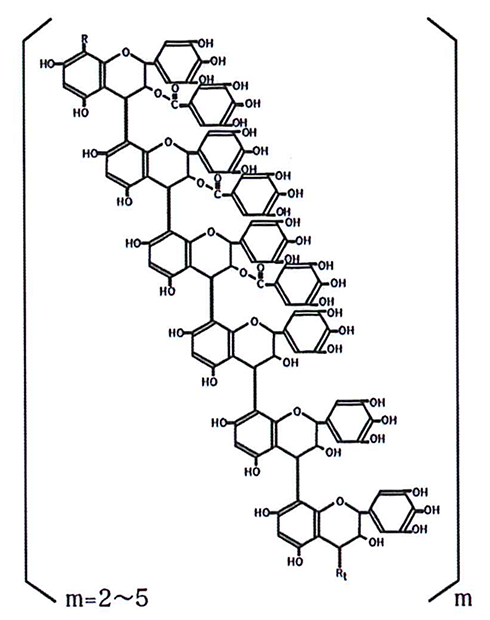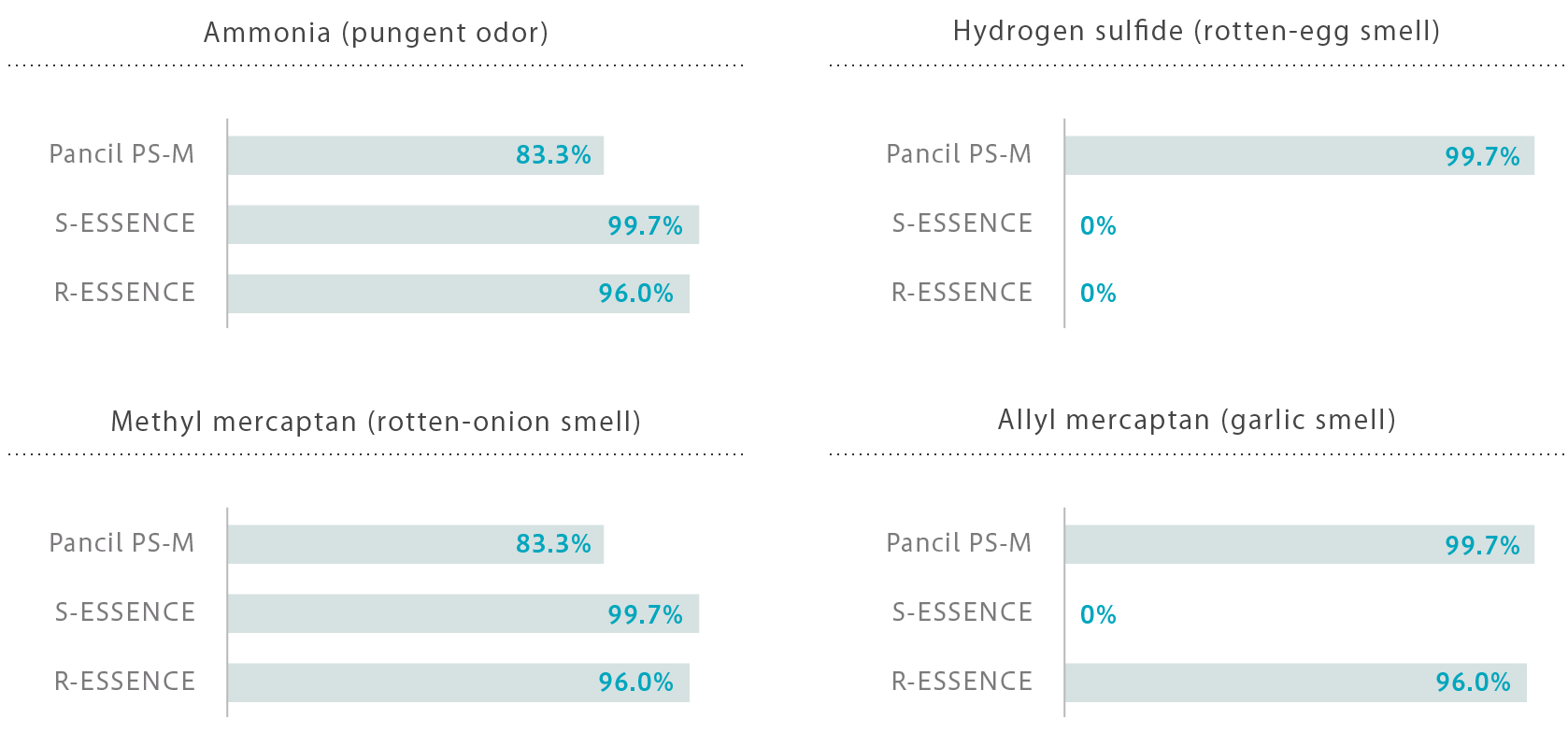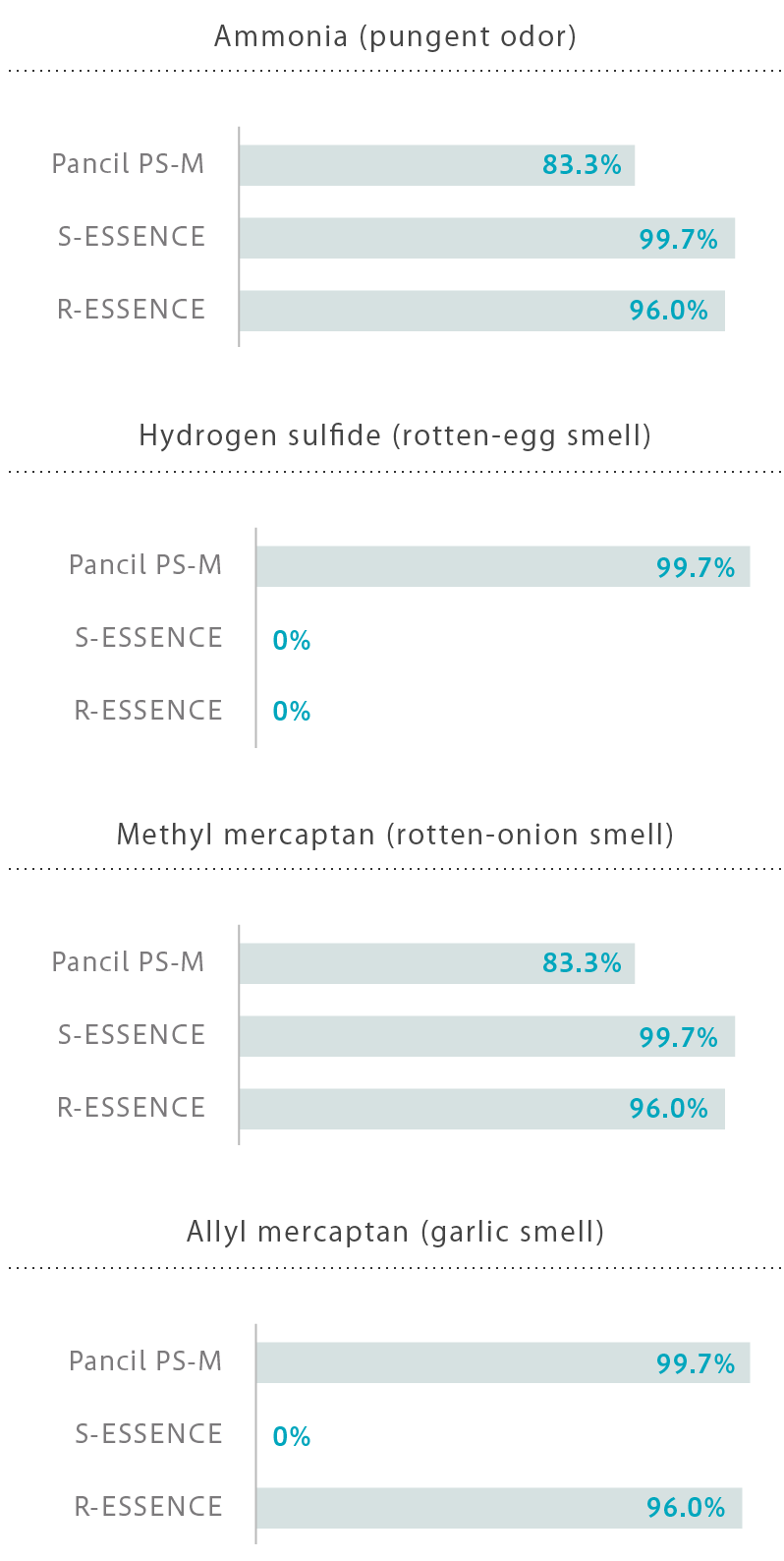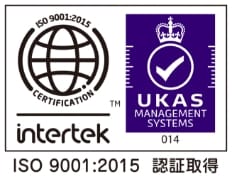- HOME
- PANCIL®
A natural deodorant ingredient
made from persimmon
Persimmon juice is known to be efficacious in a wide variety of situations since ancient times.
Made with natural ingredients derived from persimmons, PANCIL® can be safely used in
and effectively remove odor from foodstuff, cosmetics, and other sundry goods.

Estimated structural formula of persimmon-derived condensed tannins
Persimmon-derived tannins are condensed tannins, which are expressed with a large structural formula as shown in the figure to the left. The large number of phenolic hydroxyls (-OH) chemically bind to different odorous substances and eliminate the smell.
PANCIL® has several times the antimicrobial effect of
tea-derived tannins.
Persimmon tannins, the primary active ingredient in PANCIL®, are proven to have a strong odor-eliminating effect on breath, body odor, and fecal odor.
Using Persimmon Tannins
Natural sources, particularly plant extracts, have been used as odor removal agents in the past.
Most plant extracts with deodorizing action contain a group of compounds called polyphenols.Polyphenols have many hydroxyl groups as part of their molecular structure contributing to their antioxidant properties, which is responsible for their ability to effectively banish odor.Rilis’ business started out with the utilization of persimmon tannins, a type of polyphenols.
Today, we also deal in products that use rooibos tea extracts in addition to PANCIL®, developed from persimmon tannins.Rilis manufactures and distributes these natural deodorants as ingredients for product making.
PANCIL® Data
We proudly manufacture and deliver PANCIL® as the product of our successful development,
using persimmon tannins as the primary active ingredient with strong deodorant effect.
A wide range of products have been developed and marketed using PANCIL® as an ingredient.
FOR FOODS
| BA-200G-1 | Liquid | PS-M | Powder |
|---|
For Cosmetics
| COS series | Liquid | AS-20 | Liquid |
|---|---|---|---|
| BA-210-1 | Liquid | ASPALATHUS-LINEARIS | Liquid |
For Household and Industrial Products
| FG series | Liquid | BZ-10 | Liquid |
|---|---|---|---|
| PO-10 | Liquid | FPW-1M | Liquid |
| MB-FPW-PE | Masterbatch | TPO-5 | Tablet |


Food
PANCIL® can be applied to almost all foodstuff, including drinks, snacks, noodles, processed foods, ready-made meals, and seasoning. By adding to odor control products, they help reduce breath and body odors, as well as fecal odor. PANCIL® can also suppress the odor of the ingredients of food itself and improve its flavor.It prevents deterioration (oxidation) of food constituents.Cosmetics
PANCIL® can be added to shampoos, conditioners, soap, and other personal care products to control body odor. PANCIL® can also alleviate the odor of perm solutions and bases.Paper, Fiber, Rubber, Resin, and Other Industrial Products
PANCIL® can be added to products by infiltration, dipping, mixing, or other treatment to provide a deodorant function,as well as improve the quality of the product by reducing the inherent smell of the materials used in the product.Toiletries, Car Accessories, Pet Care Products, and Elderly Care Products
PANCIL® can be added to sprays and gels, or made into carriers, such as beads and absorbent polymers, to reduce unpleasant smell in the refrigerator, car, or room.We keep data from testing deodorant effects
on different sources of odor.
Our products are tested using gas detector tubes, gas chromatography,
odor sensors, and other systems to obtain test data.
For the test data for each product, visit the PRODUCTS page.
Deodorant Test
English
Chinese
-
Gas Chromatograph(GC)
Gas chromatograph and spectrophotometer quantify the concentration of chemical substances that constitute odor.
This approach is effective when the components of the odor to be assayed are identified. -
Gas detector tube
A designated amount of odor control test specimen is put in a 5-liter plastic bag, into which 3 liters of test gas of the specified concentration is injected.
After leaving it to stand for 2 hours, the concentration of the residual gas is measured using a detector tube. -
Sniffing Gas Chromatograph Mass Spectrometer(Sniffing GC-MS)
Sniffing It is possible to identify the contents even with a mixture in GC - MS,and qualitative and quantitative determination of components can be done frommassive mass information.
Even if GC alone can separate chemical substances mixed in complicated form,it is not clear what kind of chemical substance each is specifically.
Even for components with low molecular weight and high volatility that could not be measured by GC. It is possible to estimate the structure of a wide range of organic components with abundant mass information.
By sensing the smell with the smell sniffing device and recording the mass spectrum with the mass spectrometer, it is possible to estimate the odor component. -
Odor sensor
Multiple metal-oxide semiconductors are used as gas sensors and substitute for the human peripheral olfactory system (sense of smell). These are aligned to replicate the biological nostril’s odor detection mechanism by using main constituent analysis and other statistical techniques on the received signals.
The conventional odor analysis was typically based on sensory tests relying on the human testers’ sense of smell. While this enabled highly sensitive level of detection and cognition of various odor substances, it was subject to individual differences, not to mention their physical conditions at the time of testing, leaving room for uncertainty.
This system of using metal-oxide semiconductor sensors―highly sensitive, reproductive, and stable―makes up for its human counterpart’s shortcomings and produces objective odor indicators. -
Sensory tests (odor)
This test method uses actual human sense of smell to assess odor.A conical flask with an odor test specimen suspended inside is filled with standard gas or standard solution of the gaseous component.
An empty conical flask is filled with standard gas or standard solution for the standard odorous gas.
After each of these flasks is agitated and left to stand for 2 hours, the test specimen exposed to the odorous substance in the flask (absorbed odor) and the odor inside the flask (atmospheric odor) are compared with the standard odor for assessment.
Have questions? Ask us!
Contact us at Rilis Corporation. Any consultation or question,
as well as requests for further explanation, are welcome.
We are happy to give our best efforts to satisfy your doubts and needs.



